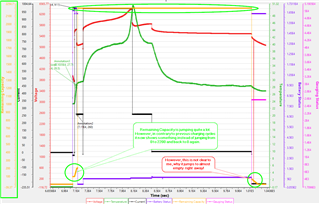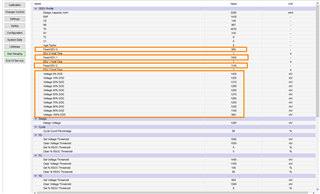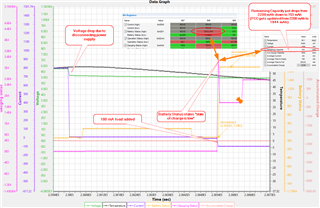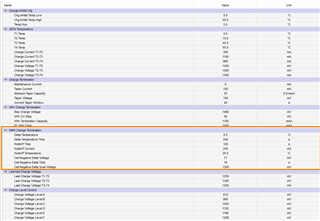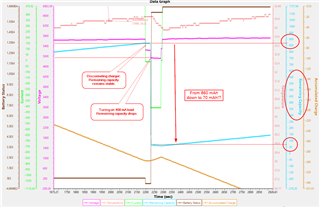Other Parts Discussed in Thread: GPCCEDV
Hi there,
For my applicaiton I would like to manipulate the value of "Remaining Capacity". Because I know when the device is fully charged (charger tells me that), I want to reset that value, if it has drifted to much from the original "Full charge capacity". However, it seems to be little tricky to do so.
I have managed to manipulate the values of its flash using either the Battery Management Studio or my uC connected to the fuel gauge. However, I couldn't figure out how I can update the "Remaining Capacity".
I appreciate any help.
Best regards
Nik


